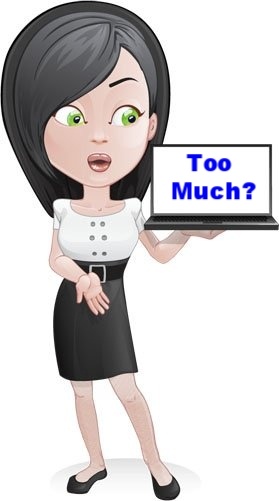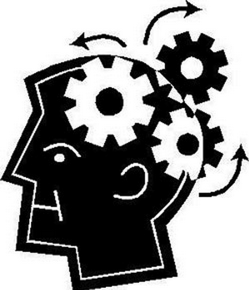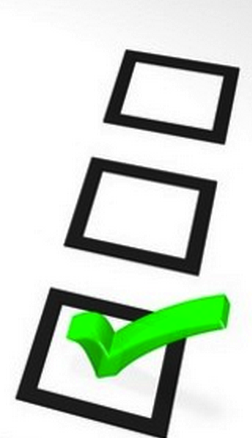Mental Health | Restless Legs Syndrome, Fibromyalgia, and Depression Frequent in Migraine
Mental Health Studies | A greater percentage of patients in the migraine group were found to have restless leg syndrome compared with the control group.
Patients with migraine may exhibit higher prevalence of restless legs syndrome, fibromyalgia, and depressive symptoms compared with individuals not experiencing migraines, according to a study published in Neurological Sciences.
Patients with migraine (n=200) and healthy volunteer controls (n=200) were enrolled in this study. The presence of fibromyalgia and restless legs syndrome was determined by medical interview, and the Beck Depression Inventory and Beck Anxiety Inventory (BAI) were used to determine the frequency of depression and anxiety, respectively.
Patients were asked whether they received treatment for their conditions, and investigators also questioned patients about relevant risk factors associated with restless legs syndrome, fibromyalgia, and depression/anxiety (eg, family history, polyneuropathy, Parkinson disease, caffeine use).
A greater percentage of patients in the migraine group were found to have restless legs syndrome compared with the control group (33% vs 9.5%, respectively; P =.0001). Restless legs syndrome was more frequent in patients with migraine with aura vs simple migraine (P =.001).
The prevalence of a family history of restless legs syndrome as well as other risk factors for the disease were comparable in participants with and without migraine (family history: 24.2% vs 21.1%, respectively; P =.773; other risk factors: P =.638).
The frequency of fibromyalgia was higher in patients with vs without migraine (61% vs 10%, respectively; P =.0001), and more patients in the migraine group reported having depressive and anxiety symptoms compared with controls (depressive symptoms: 39% vs 13.5%, respectively; P =.0001; anxiety symptoms [BAI scores]: 33.83 vs 23.93, respectively; P =.0001). Patients with restless legs syndrome with and without migraine had comparable BAI scores (36.23 vs 32.80, respectively; P =.088).










 You spend 10 minutes searching for your keys before you leave the house.
You spend 10 minutes searching for your keys before you leave the house.